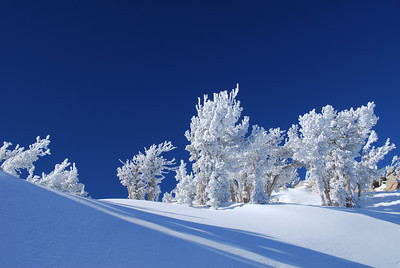Courtesy of Shawn Novack, Water Conservation Program Manager with the Water Resources Association San Benito County:
After the first big rains of year people ask, how’s our water supply?
On average, 75 percent of California’s annual statewide precipitation occurs from November through March. 50 percent occurs from December through February, coinciding with the timing of California’s largest winter storms. Our average precipitation is dependent on a relatively small number of storms; a few storms more or less during the winter season can determine if the year will be wet or dry. A year will tend to be dry if a persistent Pacific high-pressure zone remains over California in midwinter and blocks storms that would otherwise reach us. Droughts occur when dry conditions persist long enough to create impacts.
The Water Year runs from Oct. 1 through Sept. 30. Since the start of this Water Year (Oct. 1) we have received close to 5 inches of precipitation locally as of Dec. 12. October and most of November were dry. Thanksgiving week gave us our first storms of the year that had significant rainfall. Our average rainfall per year is just under 13 inches.
The storms that came through recently have been cold and the Sierra’s have been receiving large amounts of snow. Sierra snowpack accounts for one-third of the state’s water supply. As of early December the Sierra’s snowpack, on average, is about 113% of normal for this time of year.
Our imported water allocation from the Central Valley Project for 2020 won’t be known until spring after the final snowpack measurements are taken.
In addition to being a source of water supply, our groundwater basin provides water storage, which is critical in ensuring a reliable water supply through drought periods. In wet years, the San Benito County Water District percolates imported water into our groundwater basin.

During the last drought locally observed groundwater levels dropped significantly. The lack of imported water to keep the basin in balance coupled with localized drought had a big impact on our water supply. We were very fortunate that our groundwater basin was full at the beginning of our most recent drought. With a couple of years of significant rain and large allocations of imported water we have seen resiliency in our basin as water levels have risen to where the basin is full again.
If you have lived in California for any length of time, you know droughts come and go. When droughts come, we all cut back on our water use. When droughts go, it’s easy to fall back into our water-wasting ways. But we can’t afford to do that this time around, and here’s why.
Growing Population
We have the same amount of water today as we did centuries ago, and yet, the state’s population continues to grow.
Delta Issues
Nearly two-thirds of Californians receive water transported through the Sacramento-San Joaquin Delta, and it’s in trouble. The network of waterways and levees that make up the Delta need significant investment, and even then, too little water flowing through the Delta could hurt sensitive ecosystems. Here in Hollister, approximately 65% of the urban water supply originates from this system.
Groundwater Sustainability
Groundwater is an important local resource. We need to keep our basin in balance to ensure we don’t harm underground aquifers. Our groundwater basin gets us through times of drought when there is little imported water.
Climate Change
Climate change is likely to affect water supply as well as demand. The most significant impact to supply will be the availability of imported water. Snowpack is expected to decrease as the climate warms and the Central Valley Project allocations will likely decrease and become variable as a result. Increased storage will help offset climate change.
No matter if it’s a wet year of dry year, using water efficiently is key to keeping our local economy robust and our community healthy.





